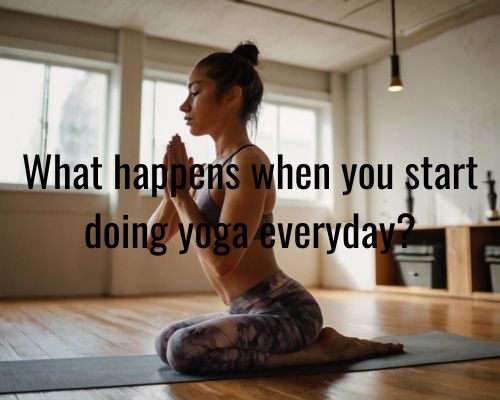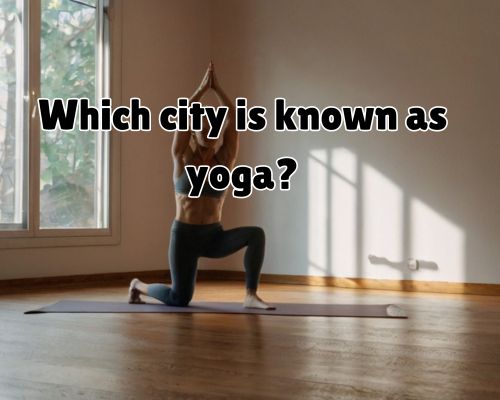What Happens When You Start Doing Yoga Every Day: Benefits and Changes
“If you’re looking to improve your physical and mental health, starting a daily yoga practice may be just what you need. Yoga is a form of exercise that combines physical movement, breathing techniques, and meditation to promote overall well-being.” said Jane Benson of Yoga Mornington.
By incorporating yoga into your daily routine, you can experience a number of benefits that can positively impact your life.

One of the most significant benefits of daily yoga practice is improved physical health. Yoga is a low-impact form of exercise that can help you build strength, improve flexibility, and reduce your risk of injury.
Additionally, regular yoga practice can help you maintain a healthy weight, improve your cardiovascular health, and boost your immune system.
But the benefits of yoga aren’t just physical – a daily yoga practice can also have a positive impact on your mental health and overall well-being.
Physical and Mental Health Benefits
If you start doing yoga every day, you can experience a plethora of physical and mental health benefits. Here are some of the benefits you can expect:
Enhanced Strength and Flexibility
Yoga is a form of exercise that involves holding poses for a certain period of time. This can help to enhance your muscle strength and flexibility.
Practicing yoga every day can lead to improved posture, balance, and mobility.
Stress Relief and Mental Well-being
Yoga is known for its ability to reduce stress and improve mental well-being. It can help to calm your mind, improve your mood, and increase mental clarity.
Regular yoga practice can also reduce the levels of cortisol, the stress hormone, in your body. This can lead to a reduction in blood pressure and improved digestion.
Improvement in Bodily Functions
Yoga can also have a positive impact on your bodily functions. It can activate the parasympathetic nervous system, which helps to slow down your heart rate and breathing.
This can lead to a feeling of calm and relaxation. Yoga also involves deep breathing exercises, which can improve oxygenation of the body and improve lung function.
Daily Yoga Practice and Lifestyle Integration
Establishing a Consistent Routine
When you start doing yoga every day, it is important to establish a consistent routine.
This means choosing a specific time of day to practice and sticking to it. Many people find that practicing yoga in the morning is a great way to start the day, as it helps to set a positive tone for the rest of the day.
To make your daily yoga practice a habit, it is also important to create a dedicated space for your practice.
This could be a corner of your living room or bedroom, or even a separate room if you have the space. Having a dedicated space will help you to stay focused and motivated, and will make it easier to integrate yoga into your daily routine.
Overcoming Challenges and Maintaining Progress
While daily yoga practice can be incredibly rewarding, it can also be challenging at times.
One of the biggest challenges is staying motivated and maintaining progress over time.
To overcome this challenge, you must set realistic goals and celebrate your progress along the way.
Another challenge is dealing with physical limitations or injuries.
If you experience any pain or discomfort during your daily yoga practice, listen to your body and modify your practice as needed.
You can also work with a qualified yoga teacher like Yoga Mornington to develop a practice that is safe and effective for your specific needs and abilities.
Finally, it is important to remember that yoga is not just a physical practice, but also a practice of mindfulness and self-awareness.
By integrating yoga into your daily routine, you can cultivate greater awareness and presence in your everyday life. You can also develop a deeper connection to your body, mind, and spirit.
In summary, daily yoga practice can be a powerful tool for integrating movement, mindfulness, and self-awareness into your daily routine.
By establishing a consistent routine, setting realistic goals, and overcoming challenges along the way, you can create a sustainable and rewarding yoga practice that supports your overall health and well-being.





